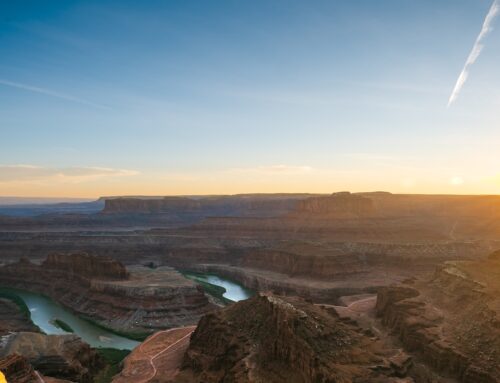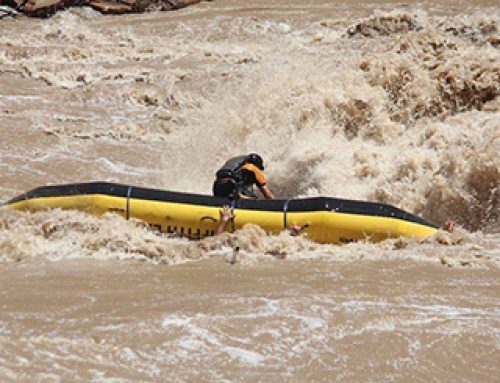What does it all mean?
Are you curious as to what the whitewater scale even is? Have you ever wondered what people are talking about when they mention that a river is a Class III or IV? Have you heard wild stories about whitewater rafting? Or are you wanting to know what these classifications all mean? Well let’s shine a little light on it all.
There are thousands of rivers around the globe with varying characteristics. In the 1950’s, river running became popular as a recreational sport and it was deemed necessary to devise a system that would differentiate between the varying levels of difficulty, that rivers presented. A class system of VI was hatched by the American Whitewater Association. Given that the characteristics of rivers are the same, despite where the river is located, it was agreed upon that a scale should be instituted. The Class I-VI scale took hold and has been used internationally, ever since. The design of the scale was based on technicality and consequence. For an in depth explanation of the different classes visit: International Scale of River Difficulty.
The whitewater scale is meant as a general idea.
The whitewater scale was not designed with the expectation that the rating of a rapid or a river would ever be set in stone. As the river flows and changes, so does our interpretation of the class system. What one boater thinks is a solid class III, another may think is a IV-. These opinions stem from varying levels of skill and experience. Also, rivers characteristics and variables change with time, natural events and volume.
Things that cause the ratings to change.
As a river rises and drops, the technicality of the rapids change, sometimes becoming easier and sometimes becoming harder. There are also variations in the rating system based on whether a river is a high volume river or a low volume river. A class III high volume rapid may have big waves and strong eddy lines as obstacles. A low volume class III rapid may have rocks and pour overs as obstacles. Spring run off or volume change may cause a rapid or an entire river stretch to change ratings on the scale by one or two whole numbers. The length of a rapid or of a stretch of river with a series of rapids linked together, can dictate it’s placement on the whitewater scale as w. And water temperature and the location or remoteness of a river are factors as well.
The addition of ‘plus and minus’.
Because of the wide range of variables crammed into a small set of numbers, the + and – were added, to indicate whether a rapid or river stretch was on the easier side or the more challenging side of the scale.
In the Grand Canyon, a scale of 1-10 was created before the AWA developed the I-VI scale. Their thought was by having more numbers it would be easier to describe the difficulty of the rapid more accurately, thus using a number description instead using a plus or a minus. Because of the history attached to the 1-10 scale, Grand Canyon has chosen to continue using this system.
All wrapped up…
As you can see there are a lot of variables. Volume, location, length, water temperature, etc. Sometimes a class II can feel like a class V. There is no black and white, given that opinions, skill level and mother nature are all players in the game.
PHOTO: by Canyons River Company



